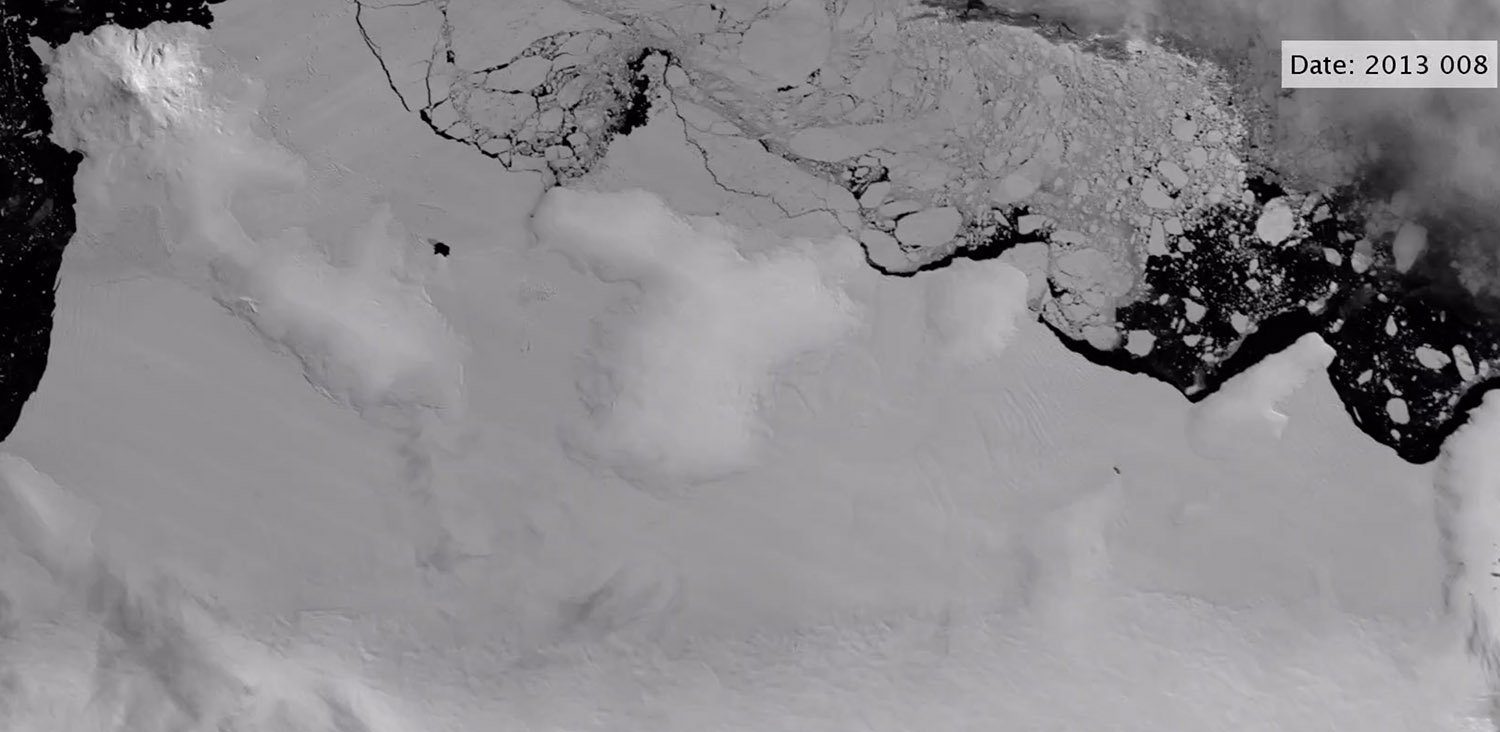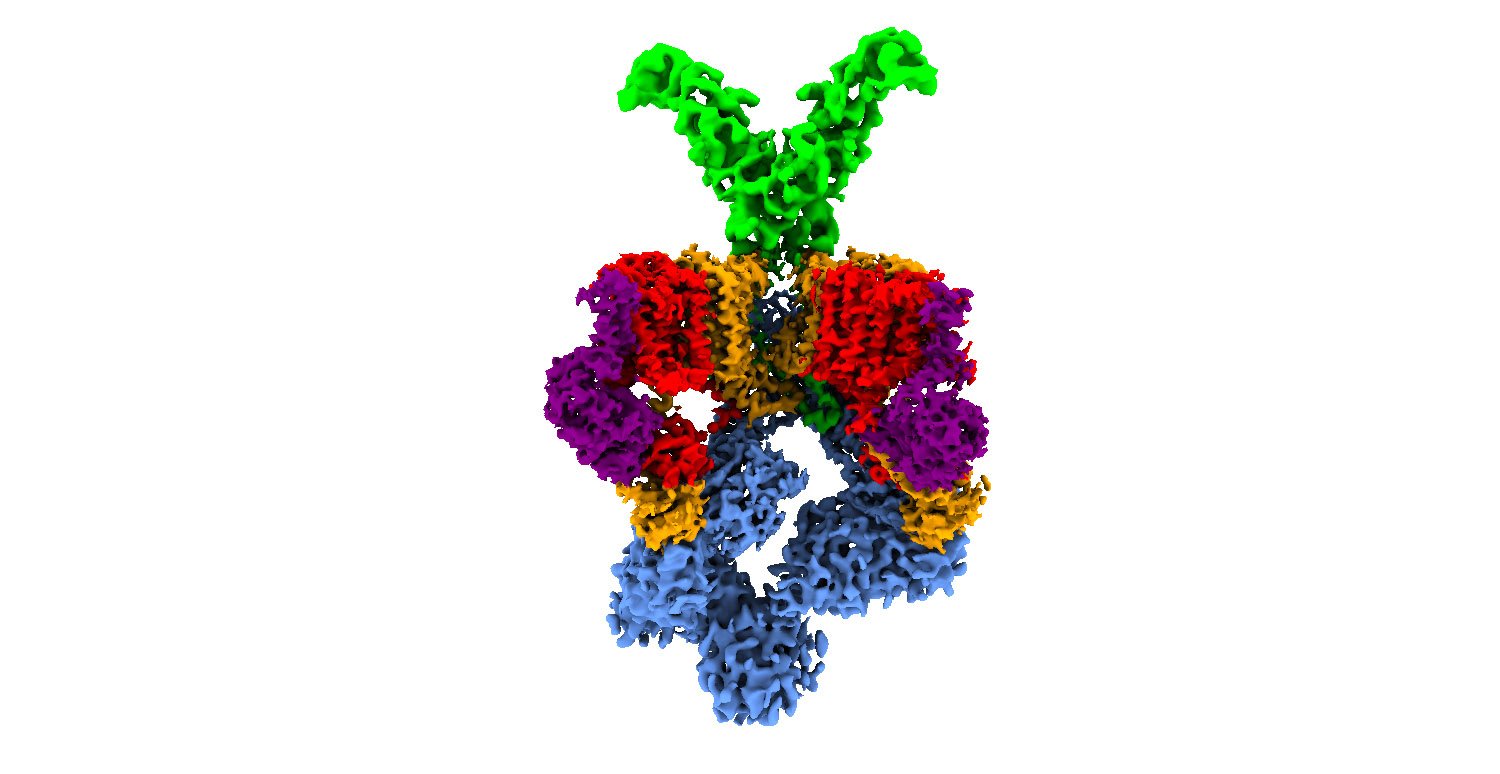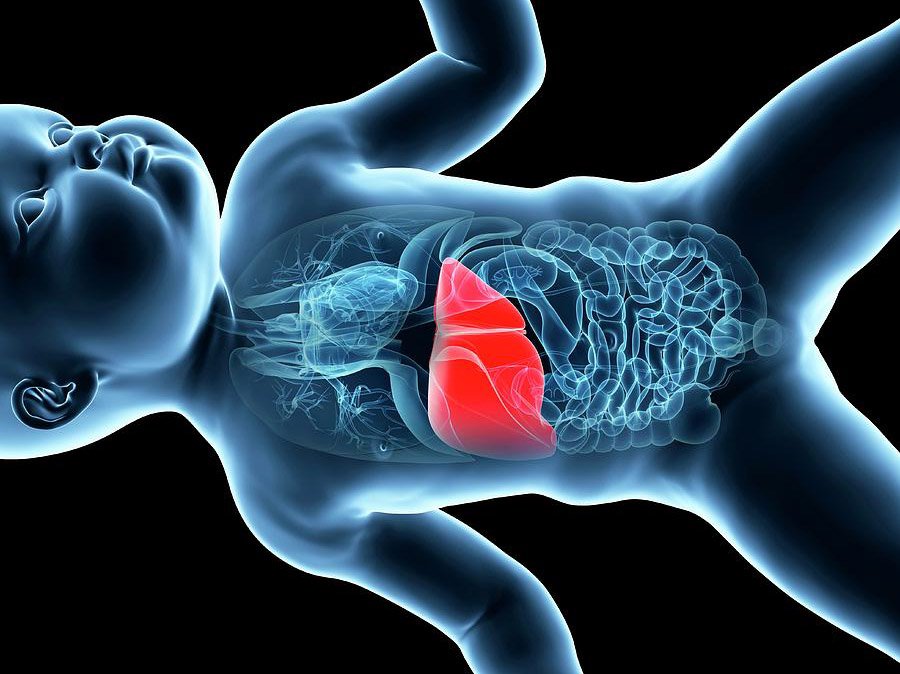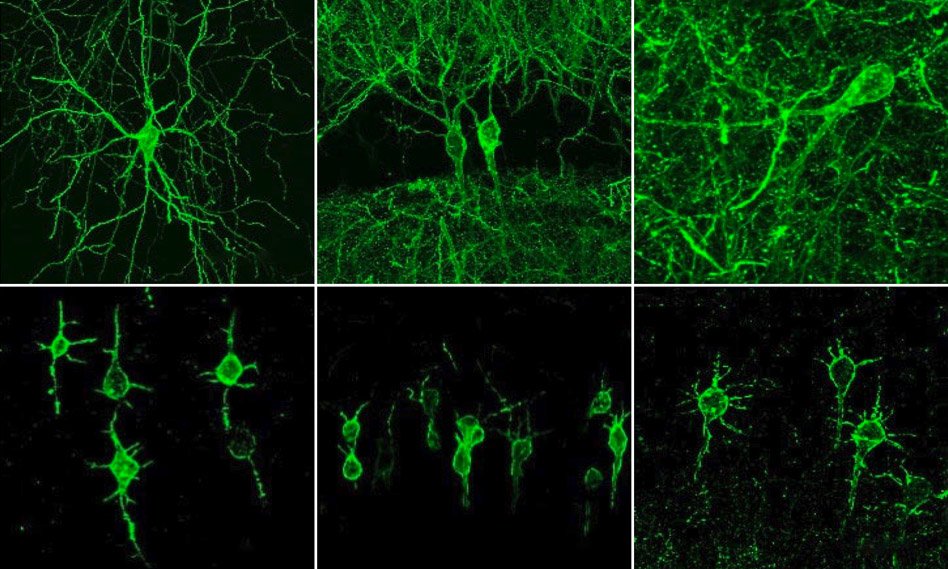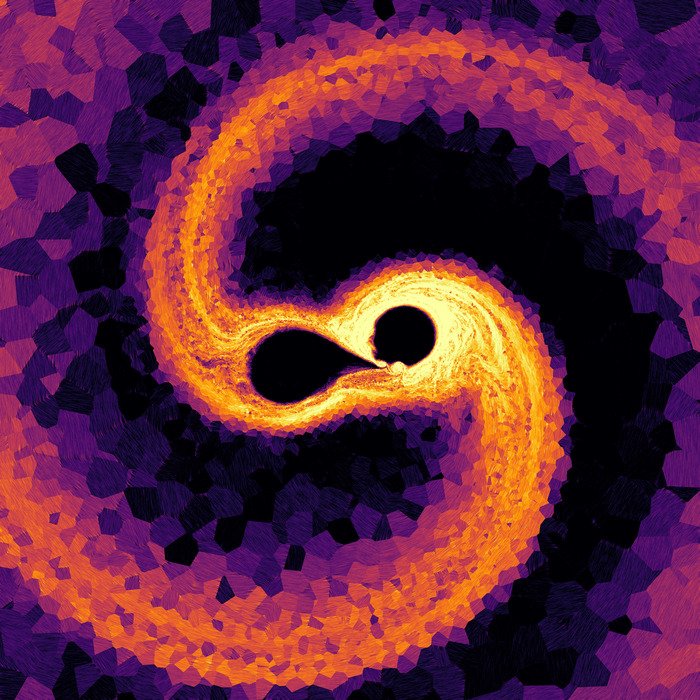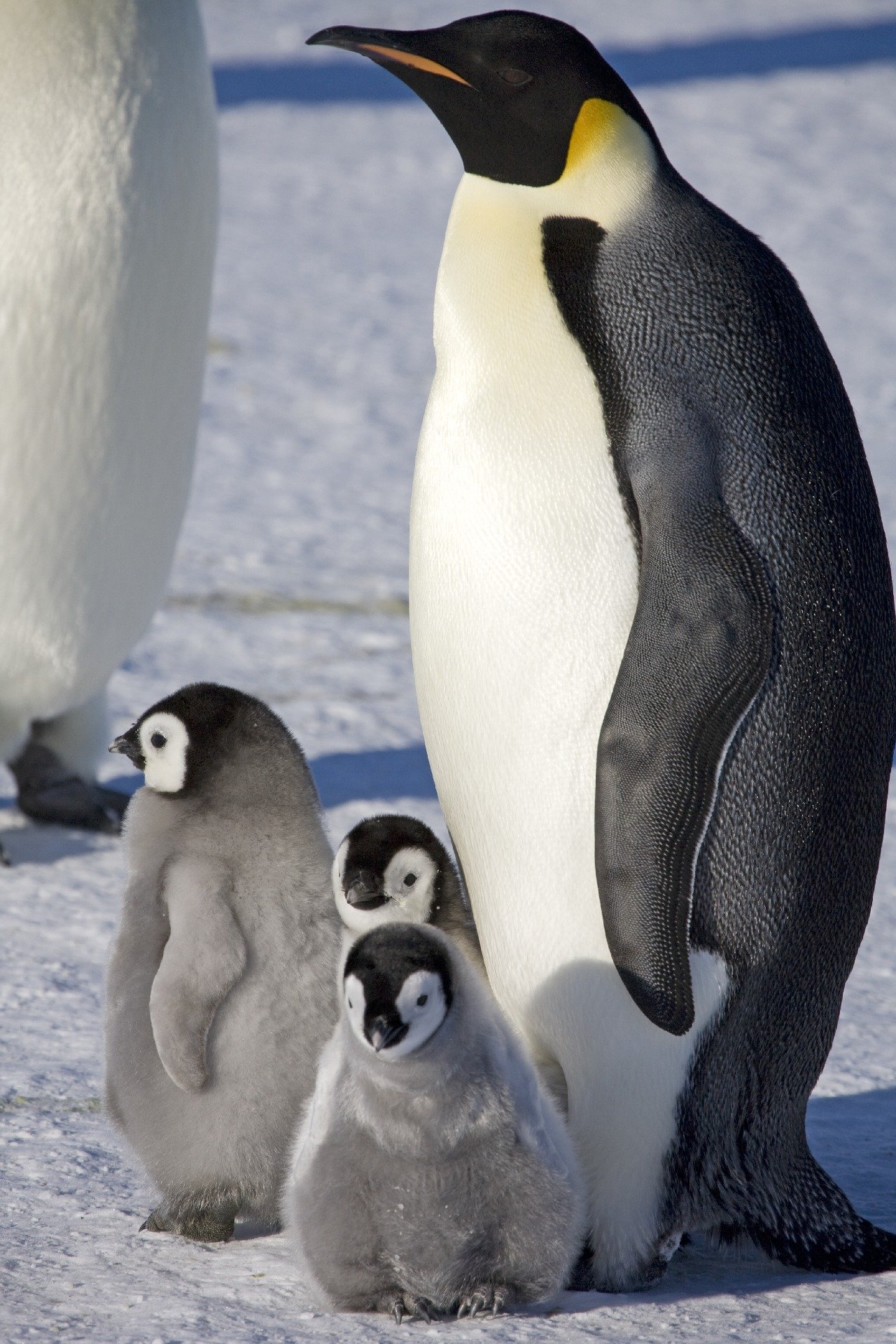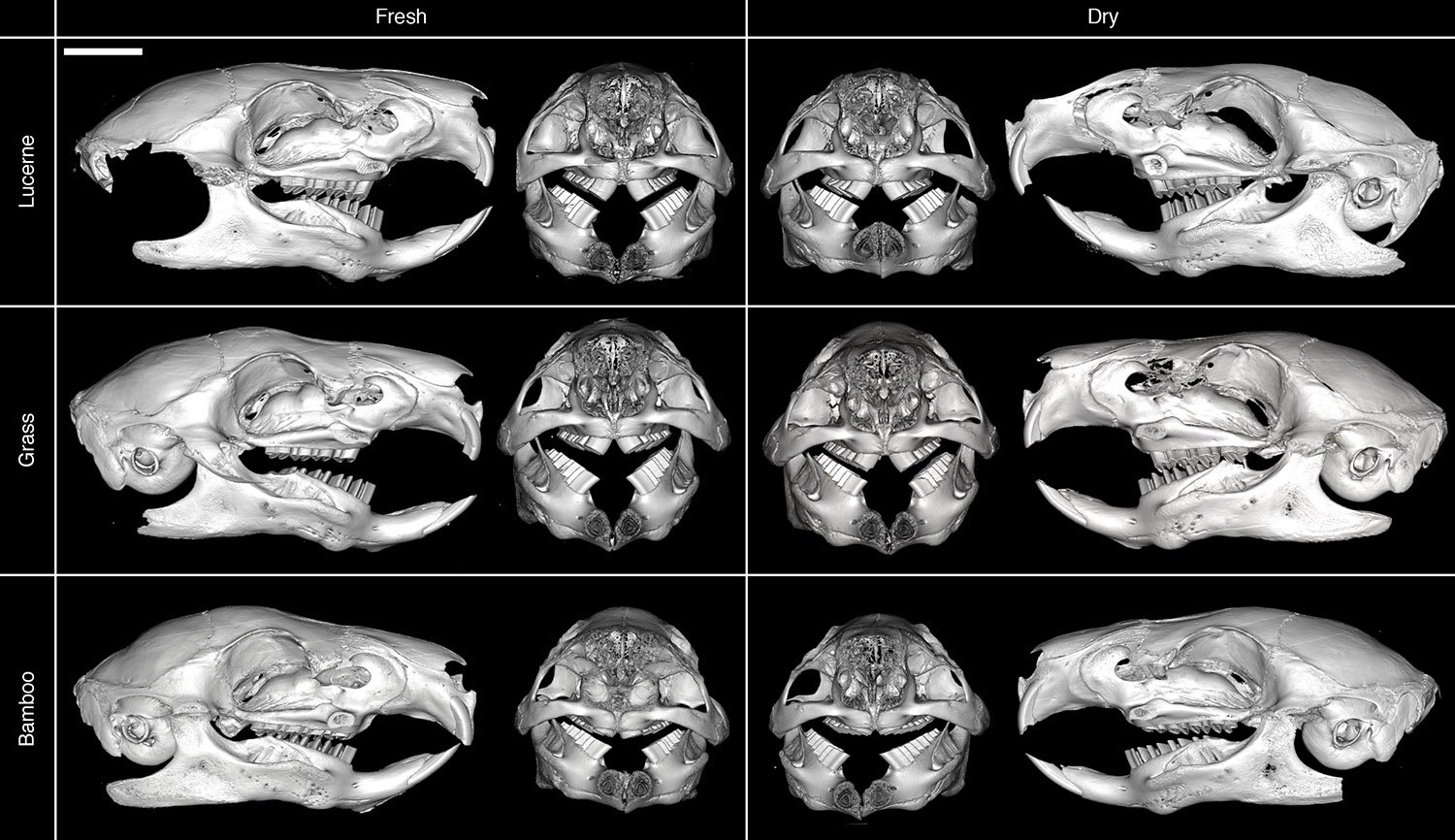Warm ocean water attacking edges of Antarctica’s ice shelves
Upside-down “rivers” of warm ocean water are eroding the fractured edges of thick, floating Antarctic ice shelves from below, helping to create conditions that lead to ice-shelf breakup and sea-level rise, according to a new study. The findings, published today in Science Advances, describe a new process important to the future of Antarctica’s ice and the … Read more
